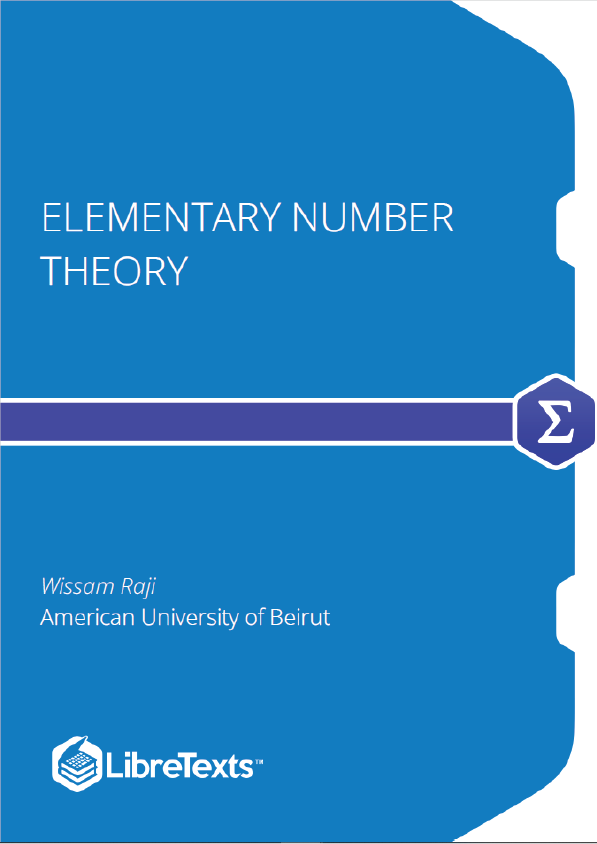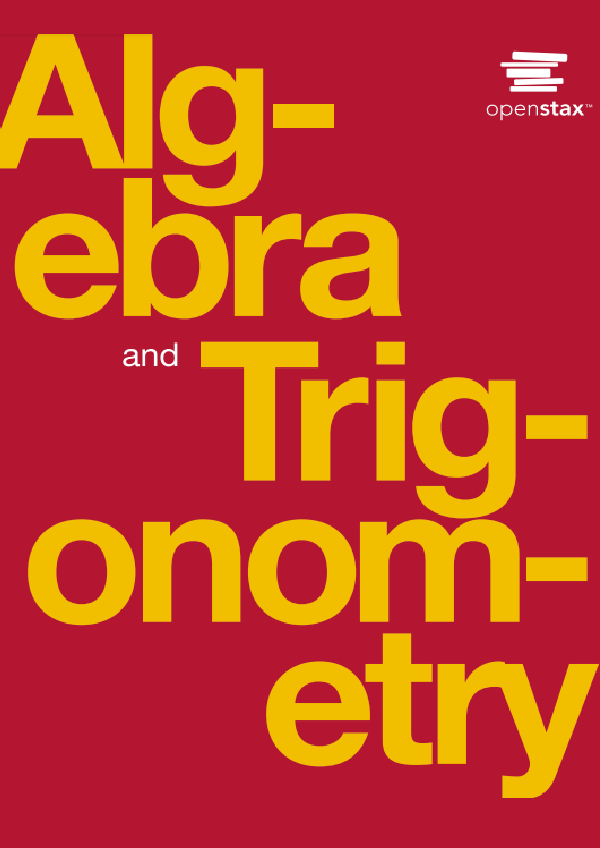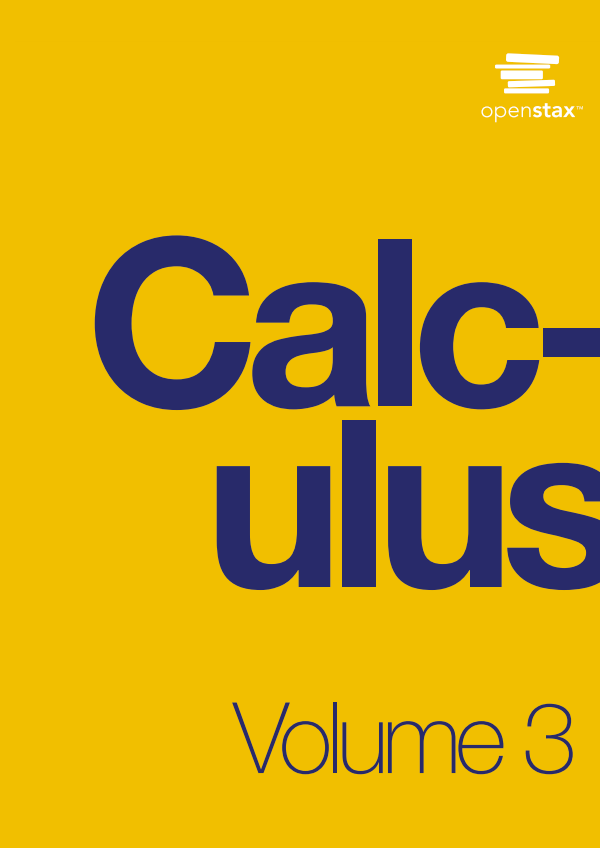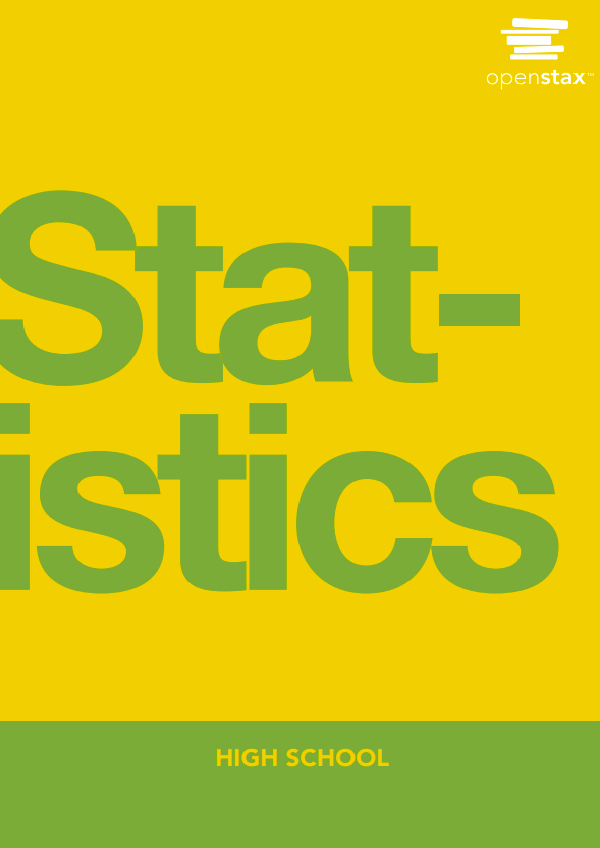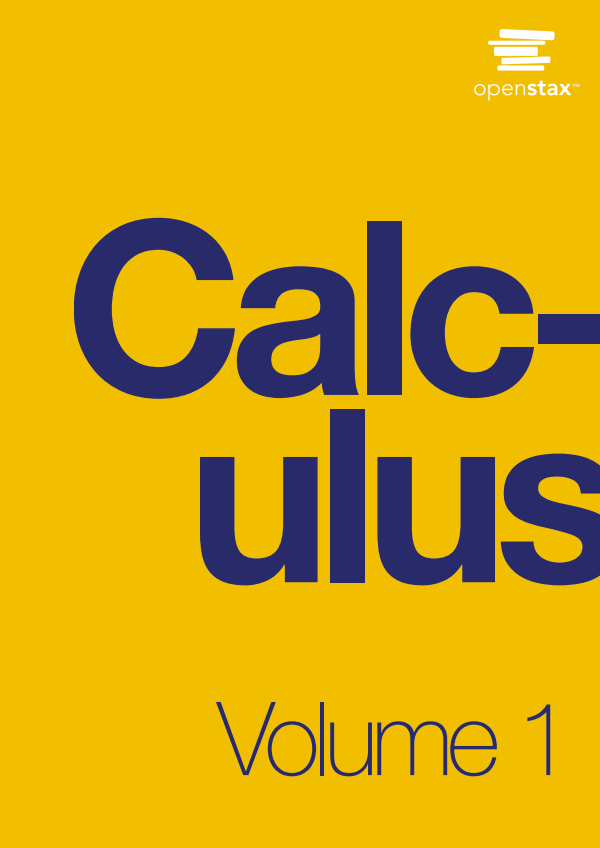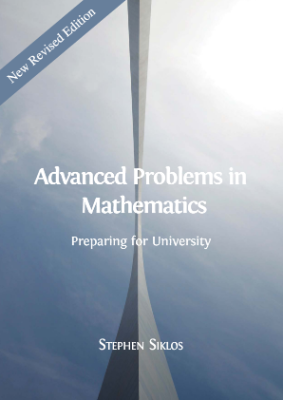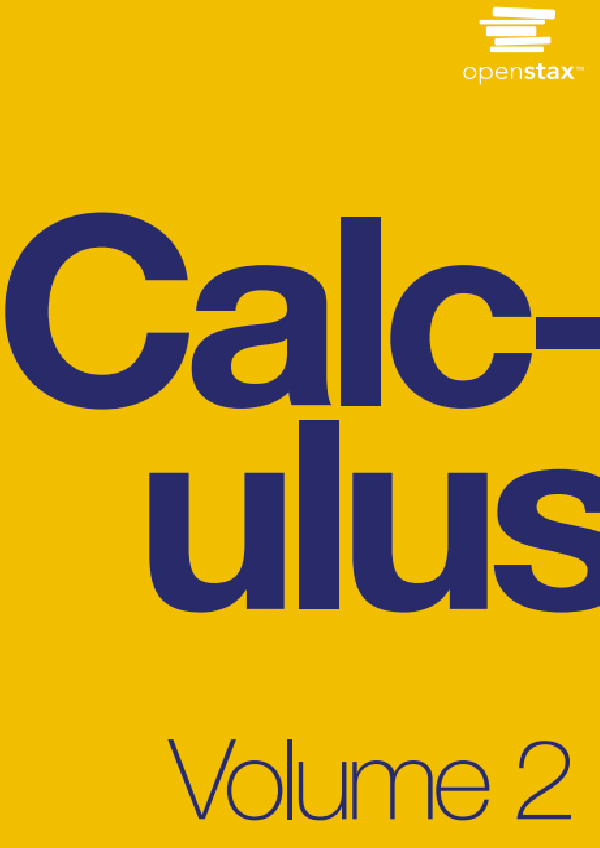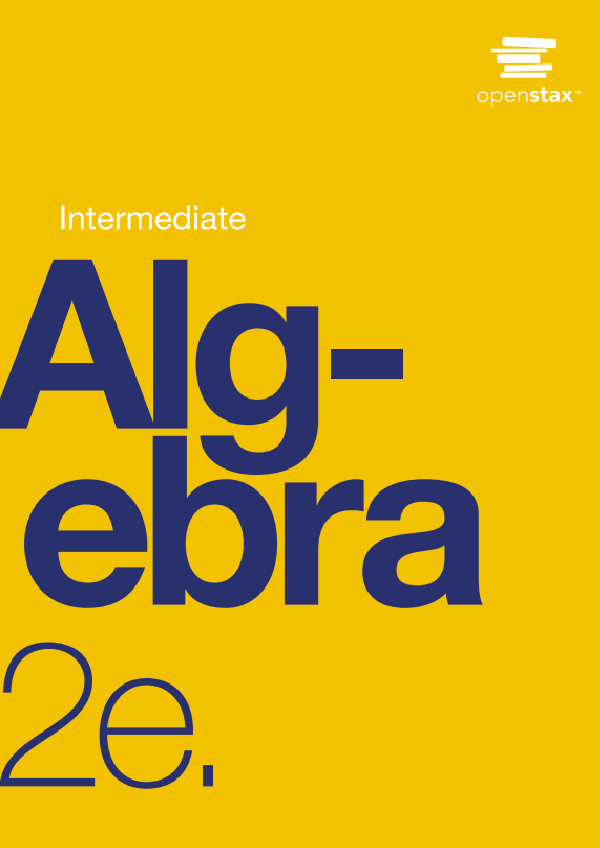These notes serve as course notes for an undergraduate course in number theory. Most if not all universities worldwide offer introductory courses in number theory for math majors and in many cases as an elective course. The notes contain a useful introduction to important topics that need to be addressed in a course in number theory. Proofs of basic theorems are presented in an interesting and comprehensive way that can be read and understood even by non-majors with the exception in the last three chapters where a background in analysis, measure theory and abstract algebra is required. The exercises are carefully chosen to broaden the understanding of the concepts. Moreover, these notes shed light on analytic number theory, a subject that is rarely seen or approached by undergraduate students. One of the unique characteristics of these notes is the careful choice of topics and its importance in the theory of numbers. The freedom is given in the last two chapters because of the advanced nature of the topics that are presented.
Introduction
Integers are the building blocks of the theory of numbers. This chapter contains somewhat very simple and obvious observations starting with properties of integers and yet the proofs behind those observations are not as simple. In this chapter we introduce basic operations on integers and some algebraic definitions that will be necessary to understand basic concepts in this book. We then introduce the Well ordering principle which states basically that every set of positive integers has a smallest element. Proof by induction is also presented as an efficient method for proving several theorems throughout the book. We proceed to define the concept of divisibility and the division algorithm. We then introduce the elementary but fundamental concept of a greatest common divisor (gcd) of two integers, and the Euclidean algorithm for finding the gcd of two integers. We end this chapter with Lame’s Lemma on an estimate of the number of steps in the Euclidean algorithm needed to find the gcd of two integers.
The Well Ordering Principle and Mathematical Induction
In this section, we present three basic tools that will often be used in proving properties of the integers. We start with a very important property of integers called the well ordering principle. We then state what is known as the pigeonhole principle, and then we proceed to present an important method called mathematical induction.
Representations of Integers in Different Bases
In this section, we show how any positive integer can be written in terms of any positive base integer expansion in a unique way. Normally we use decimal notation to represent integers, we will show how to convert an integer from decimal notation into any other positive base integer notation and vise versa. Using the decimal notation in daily life is simply better because we have ten fingers which facilitates all the mathematical operations.
